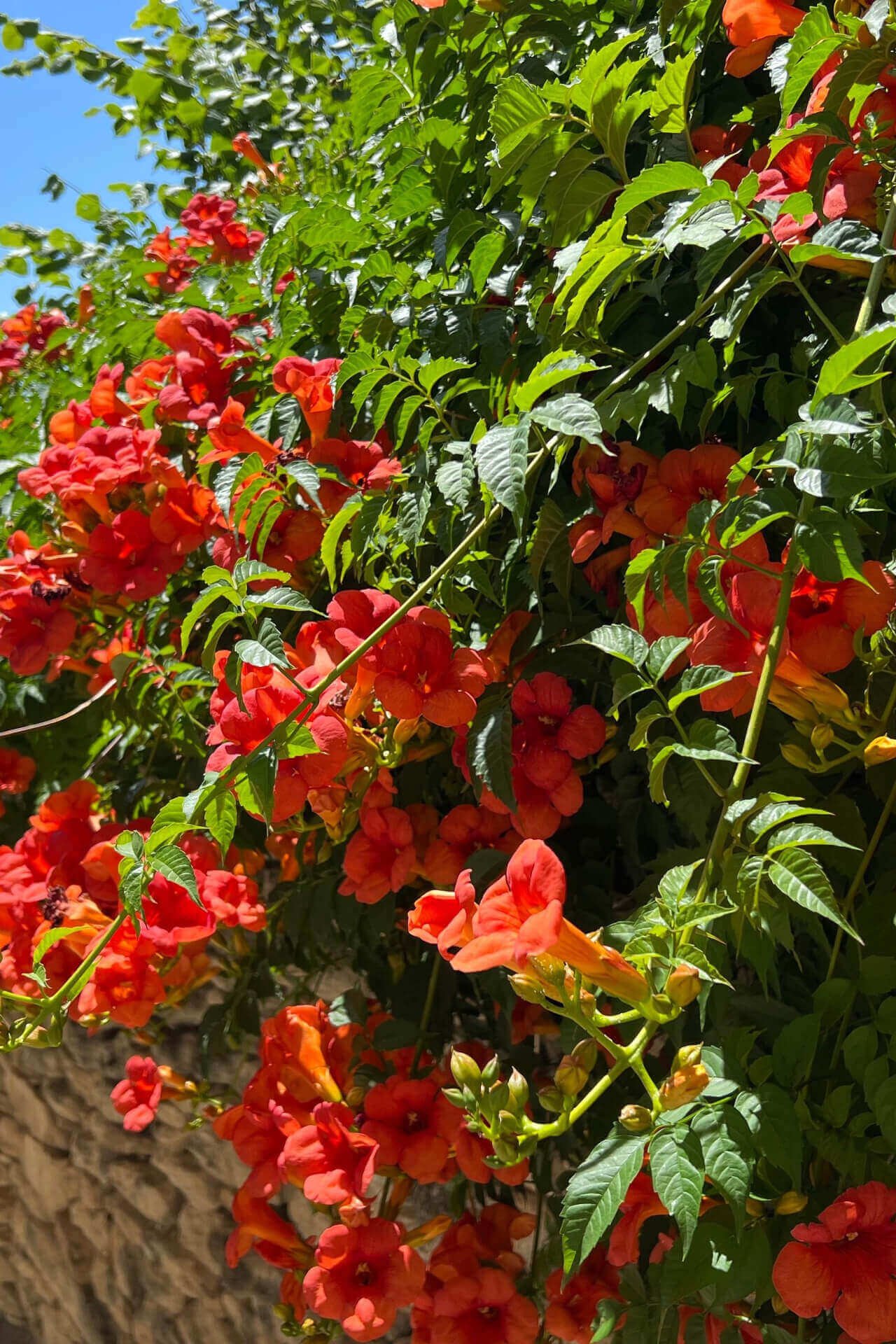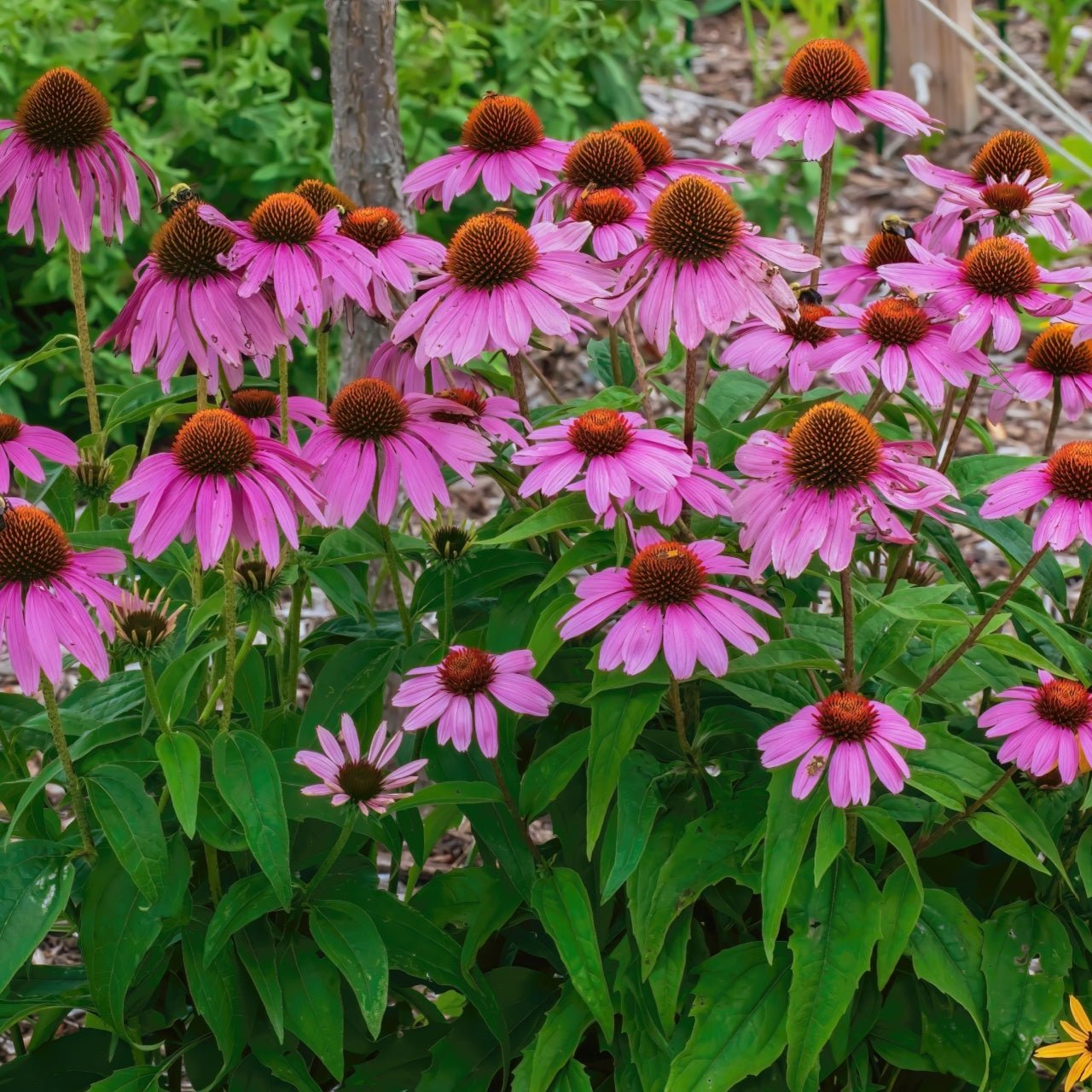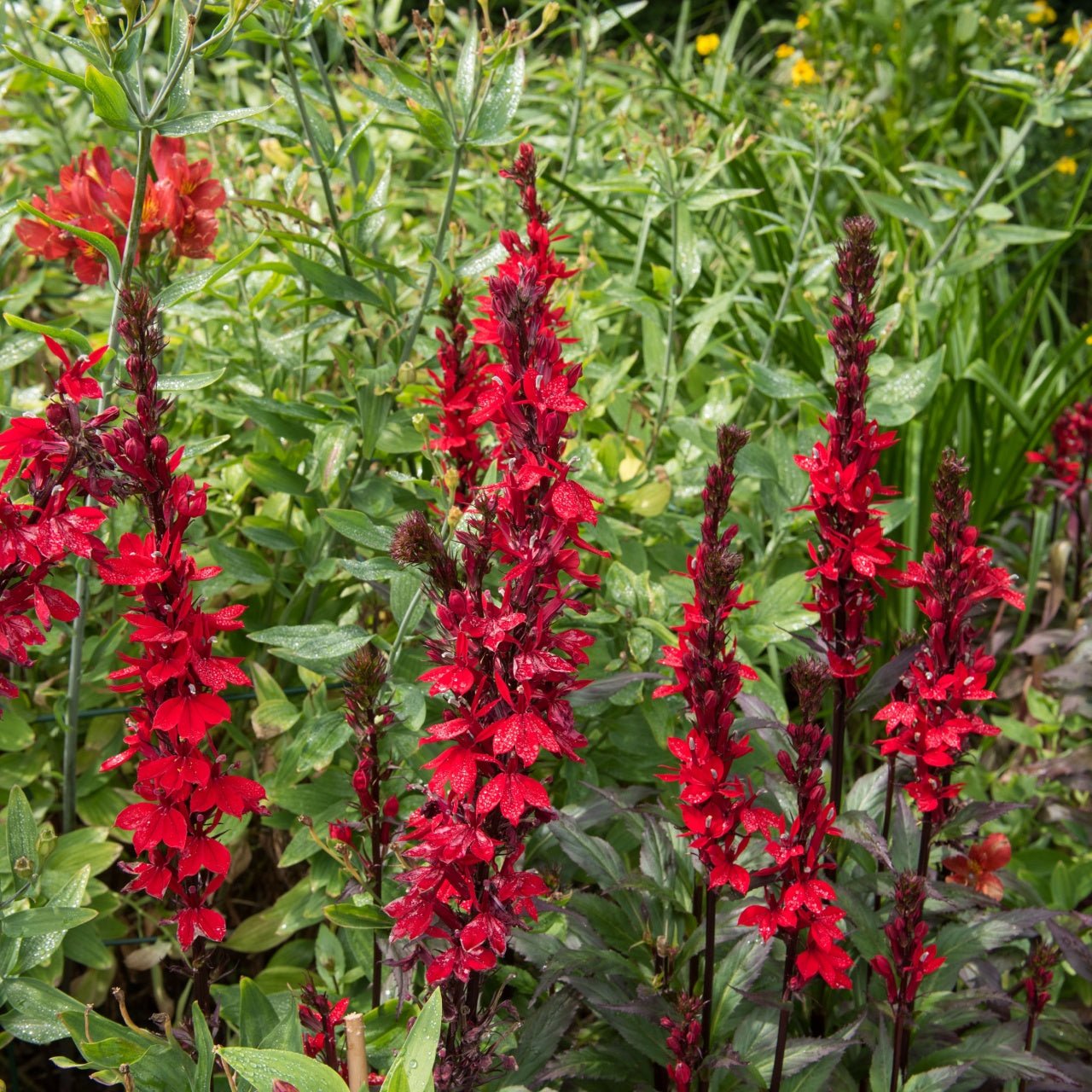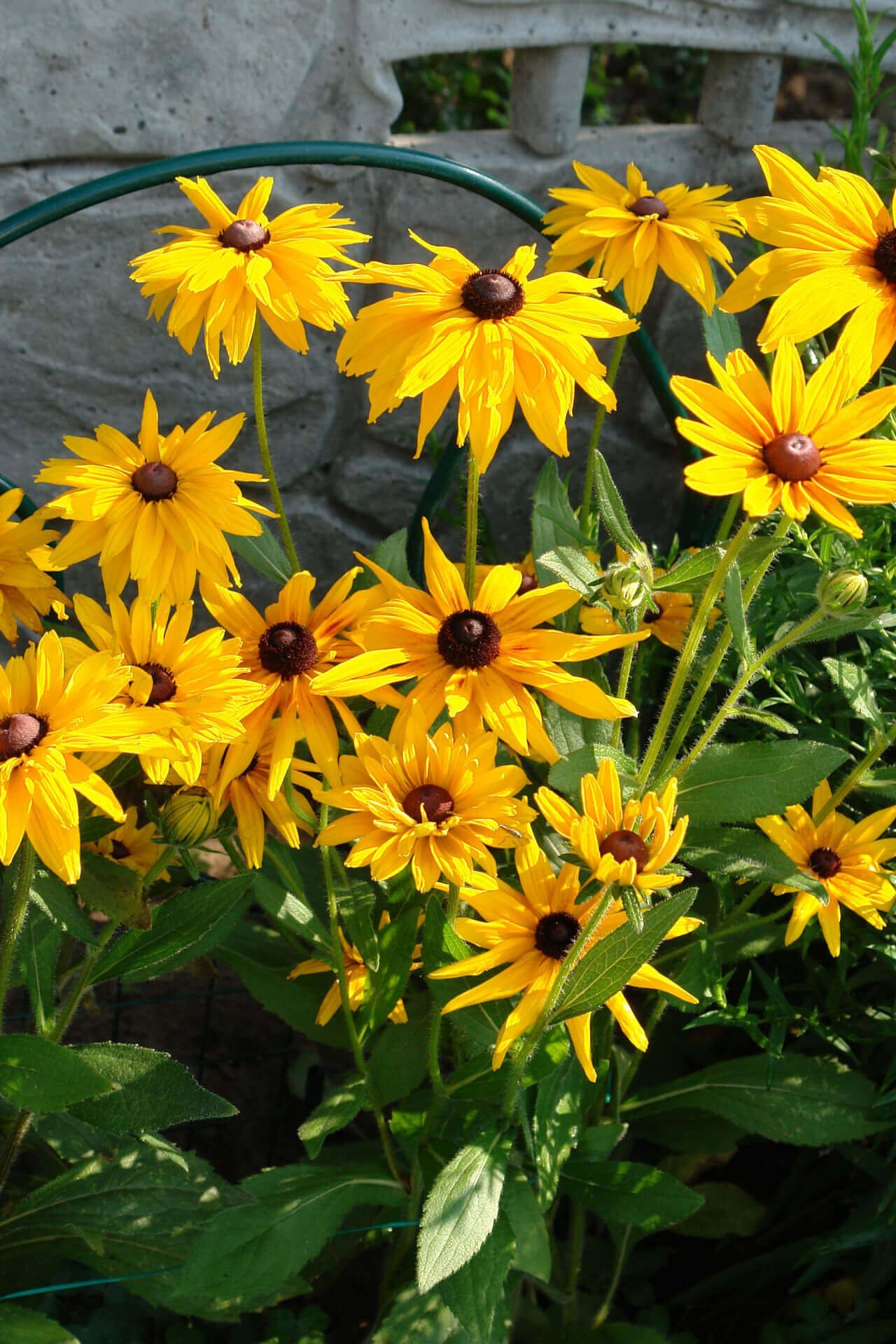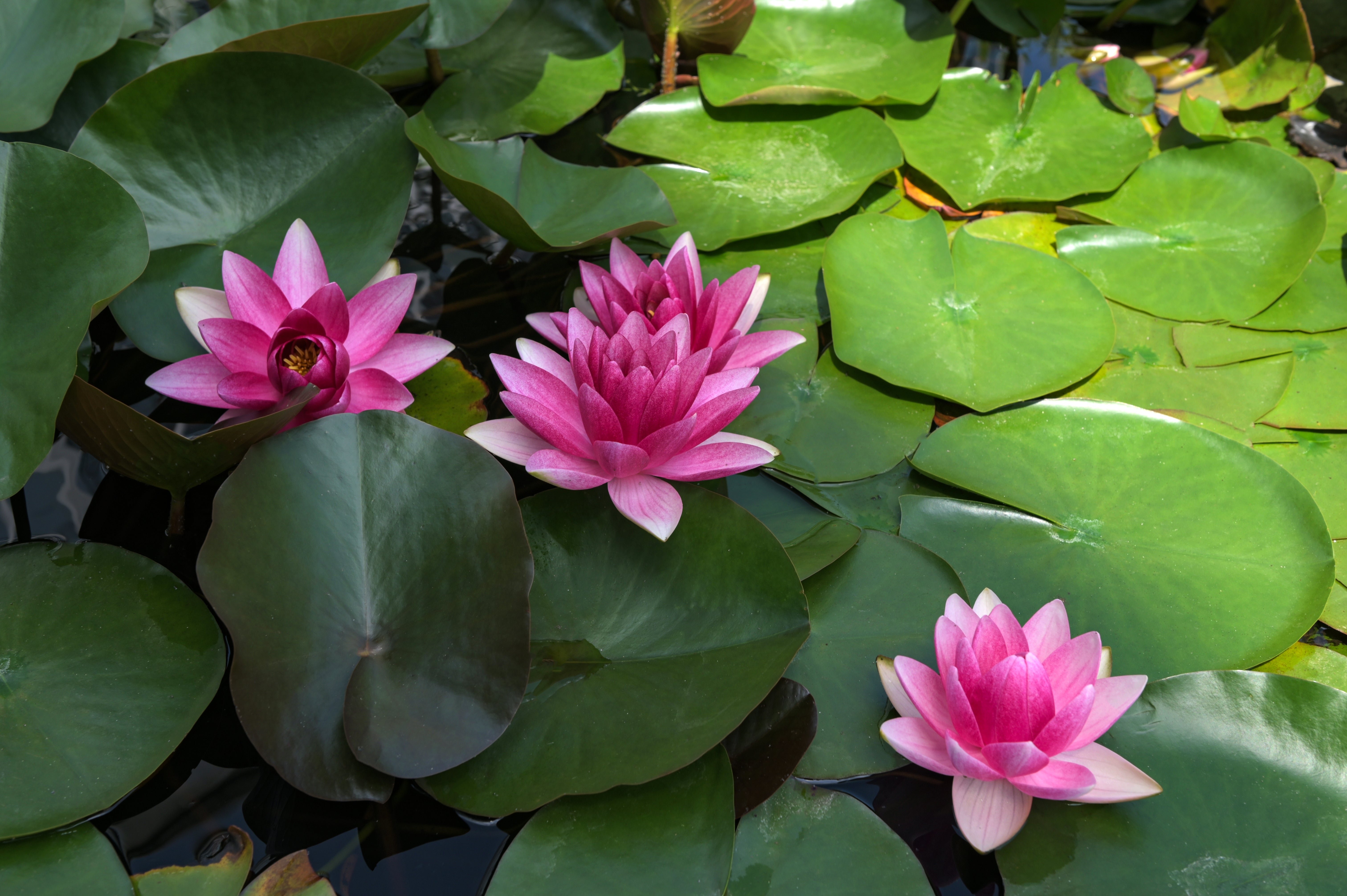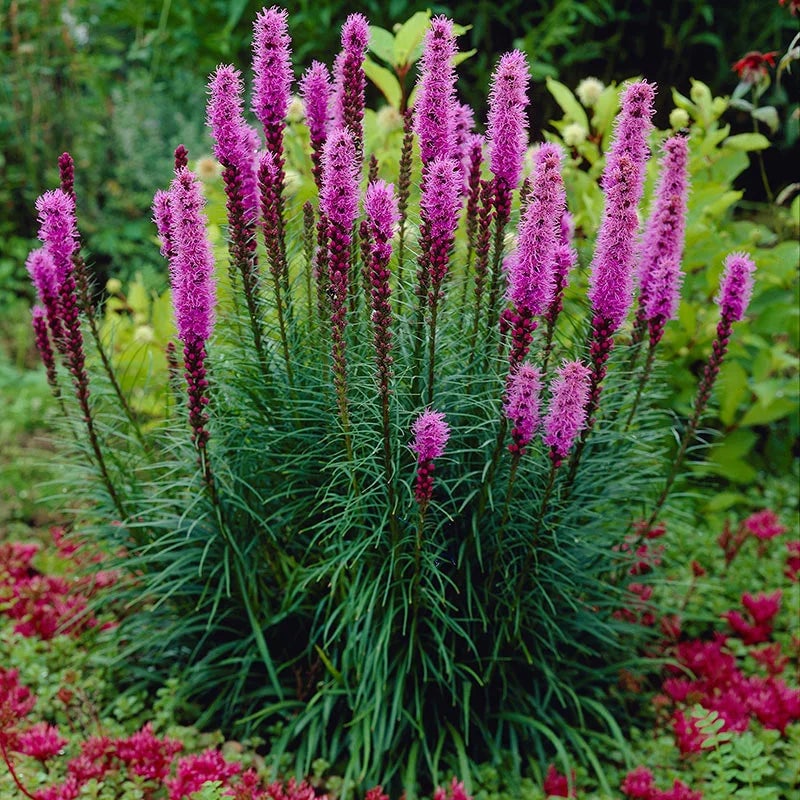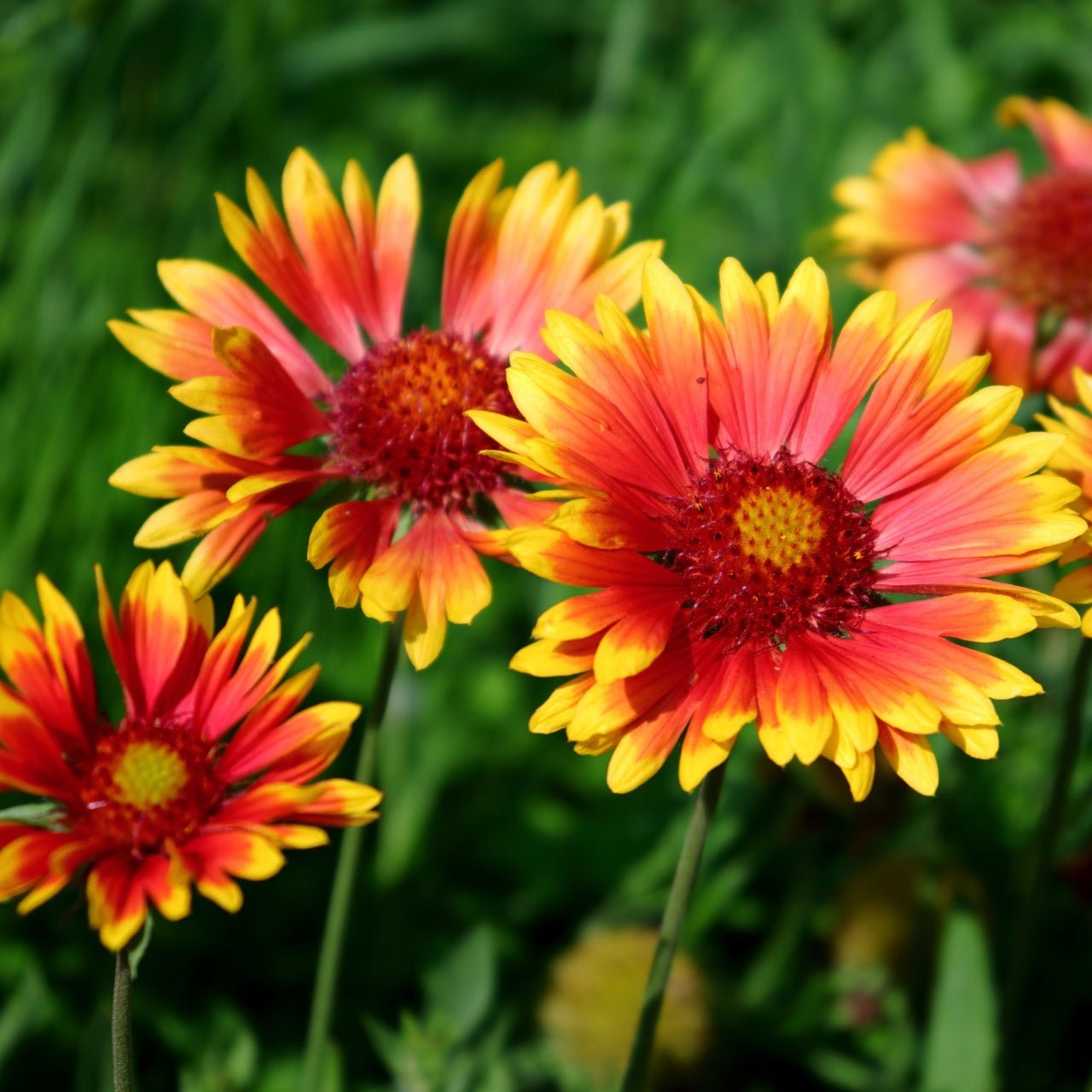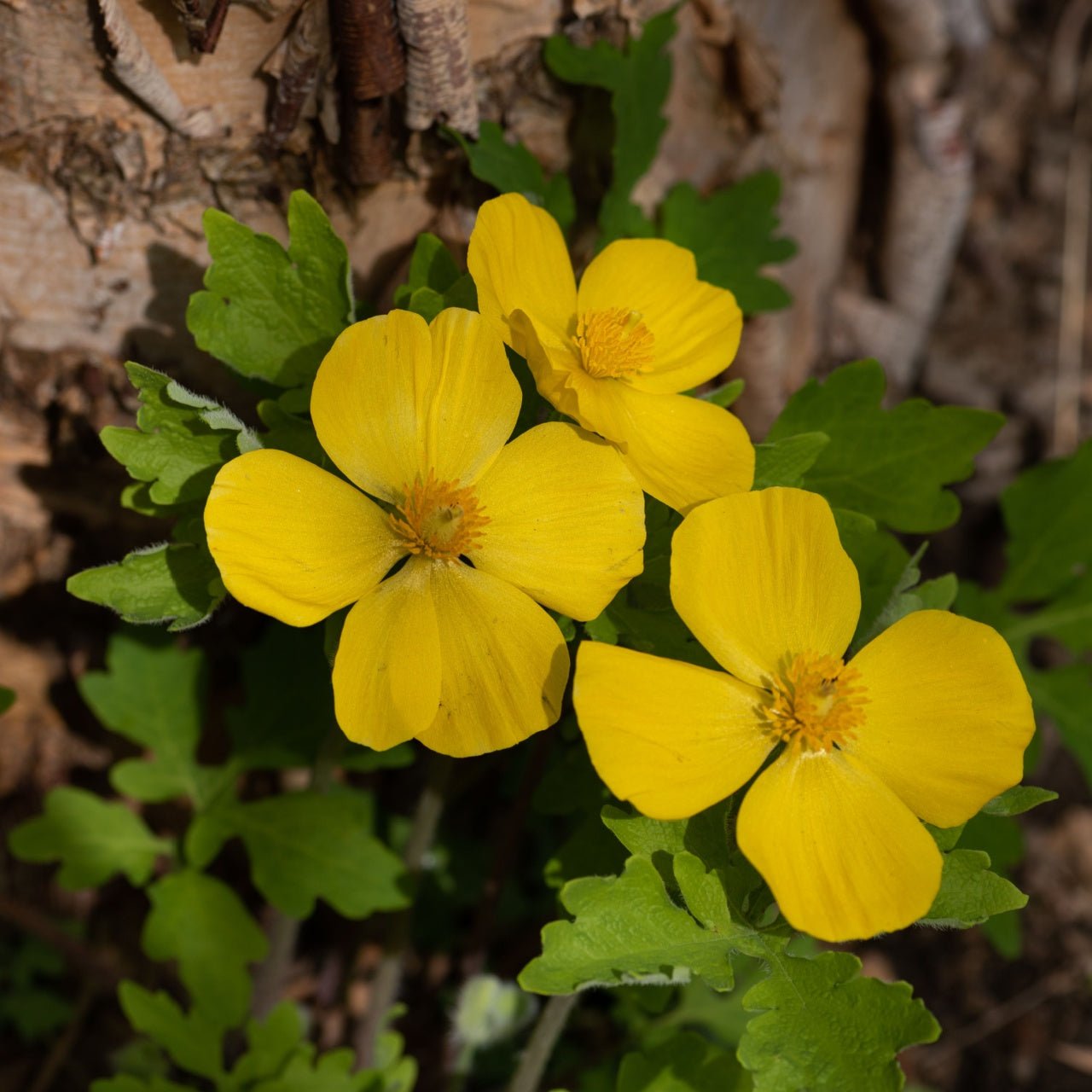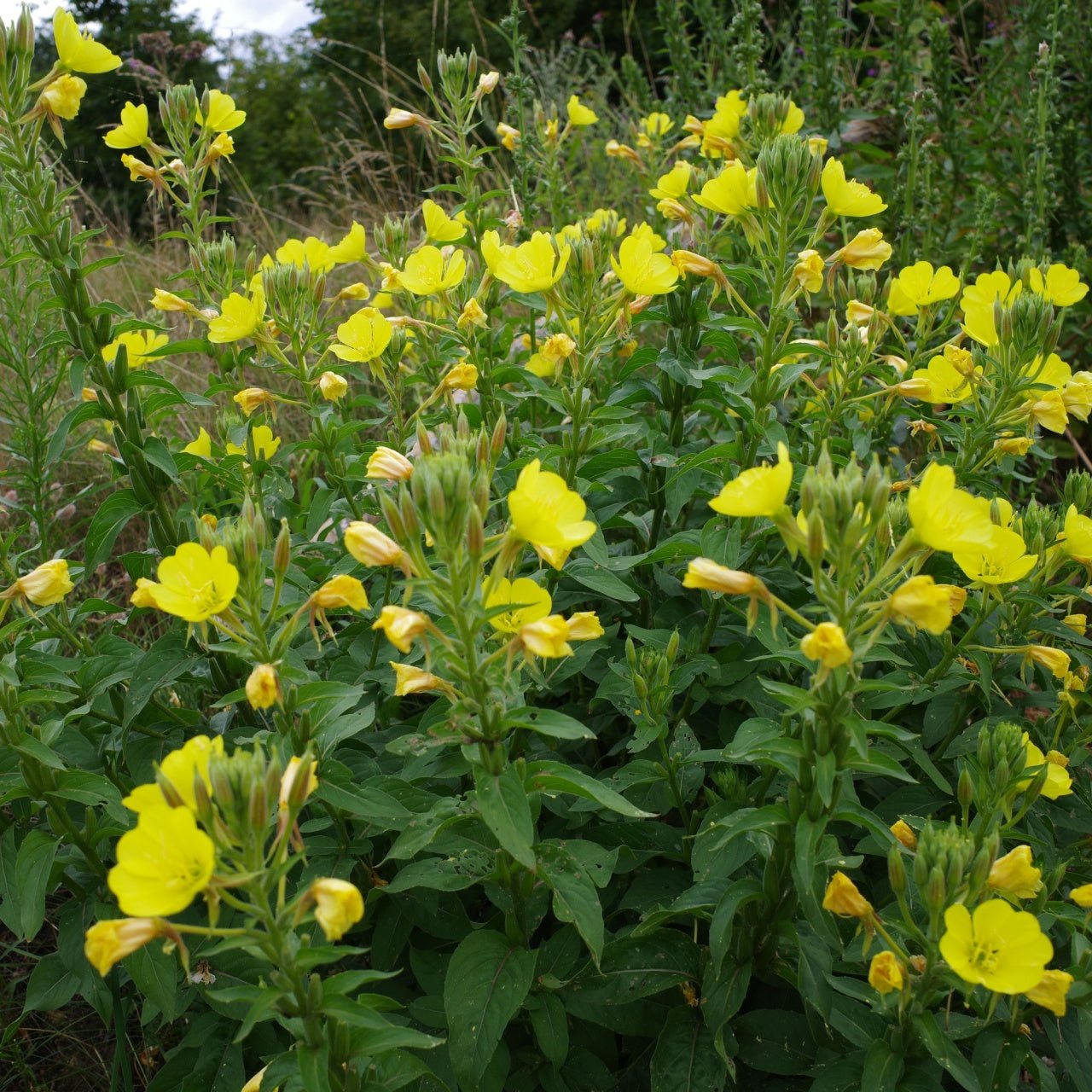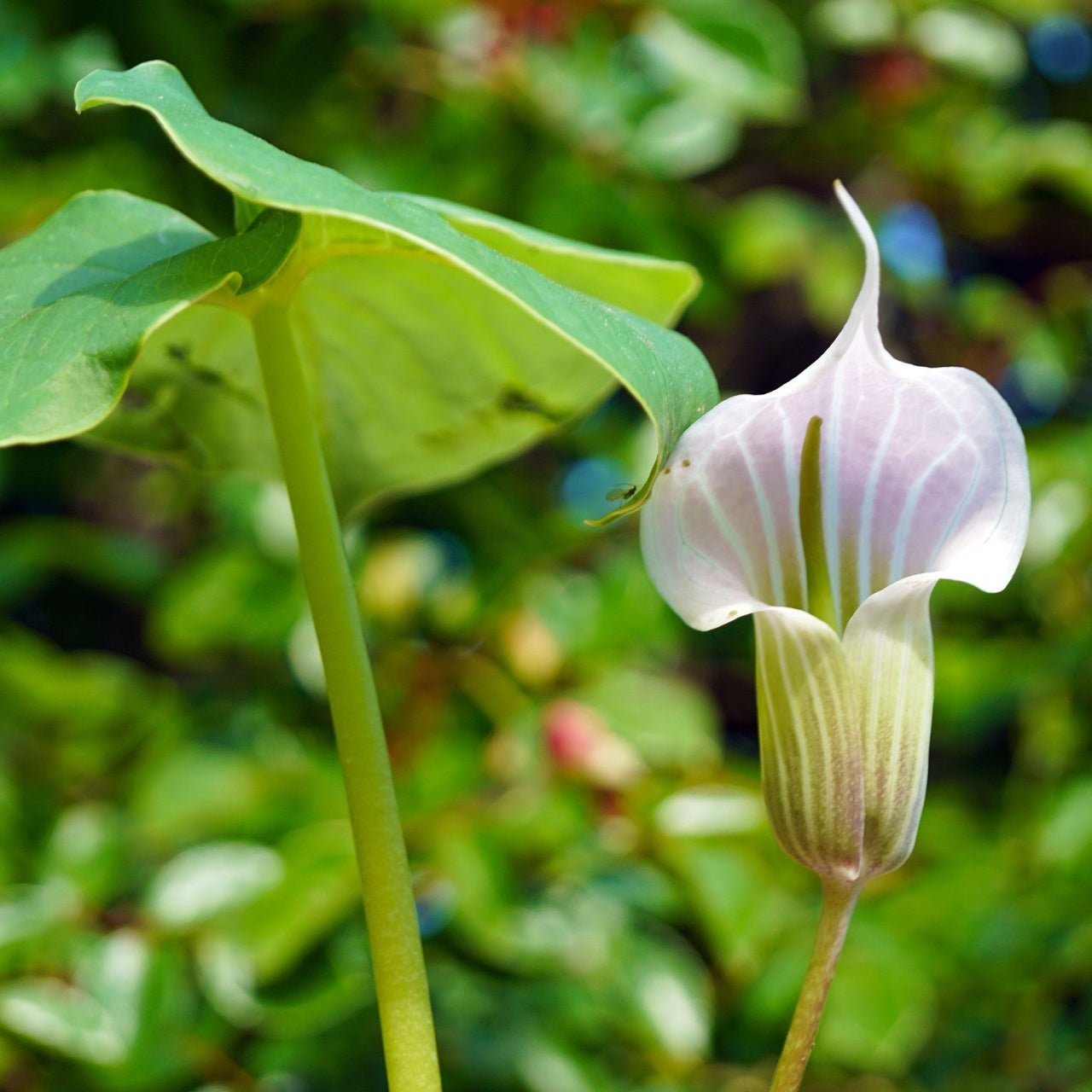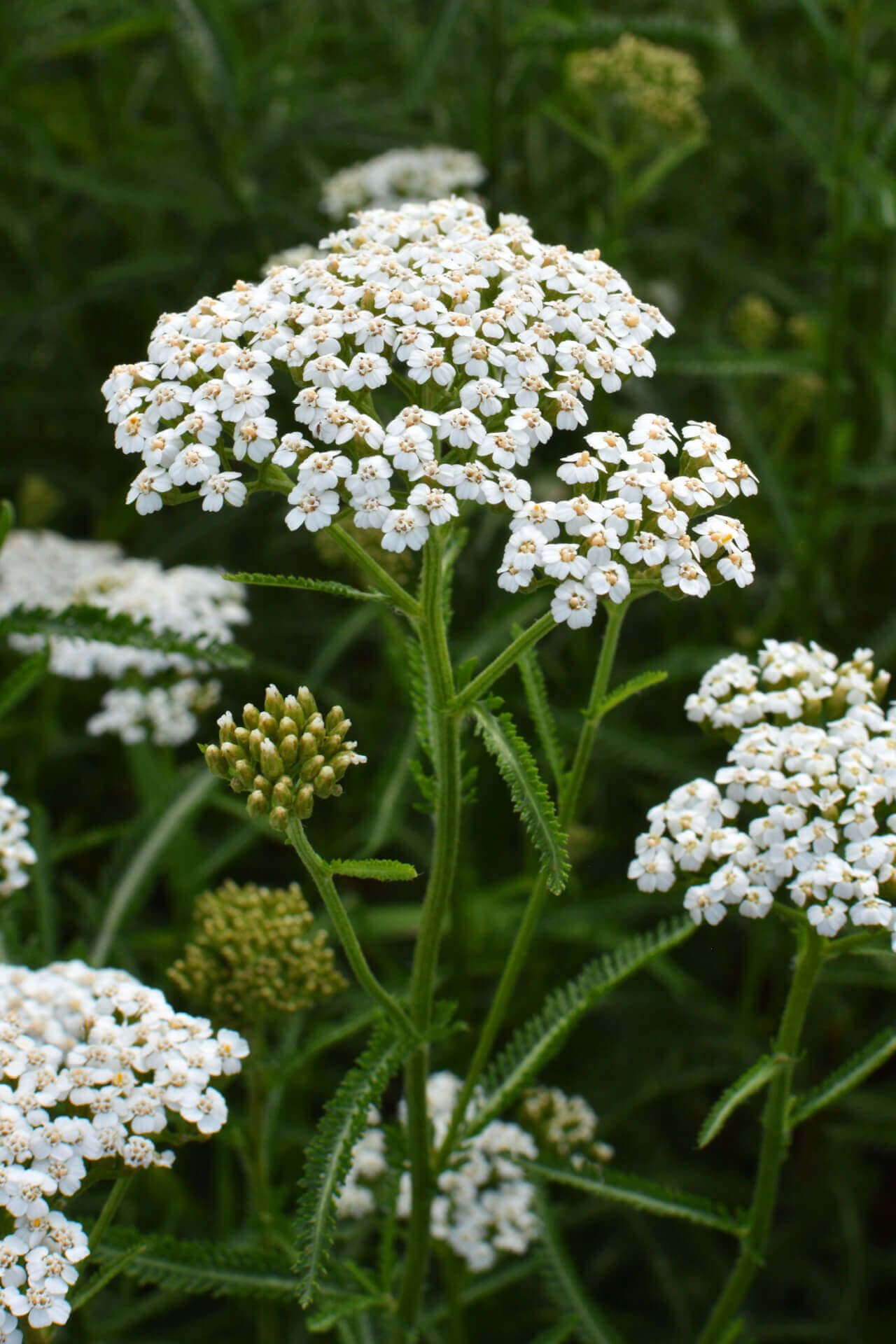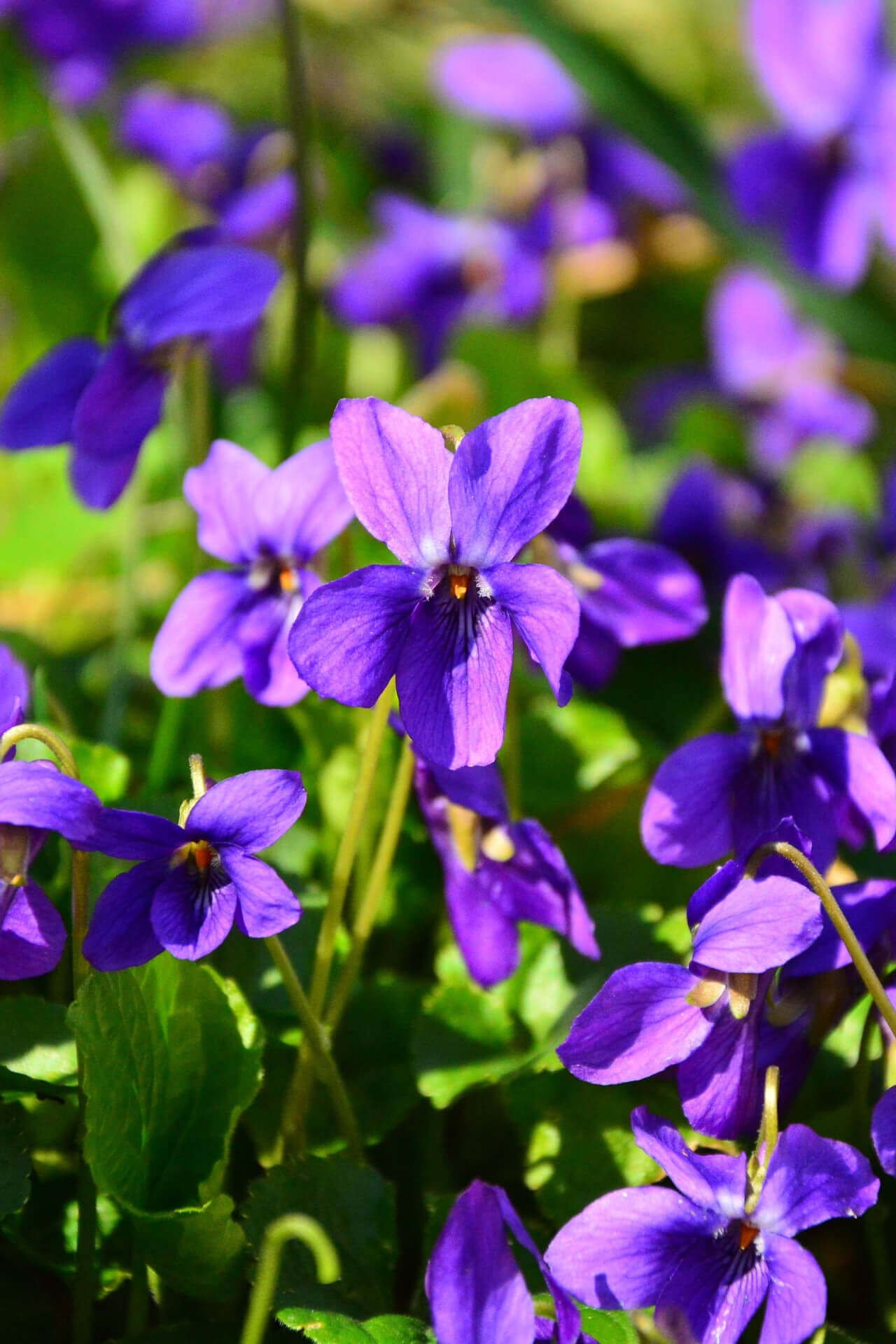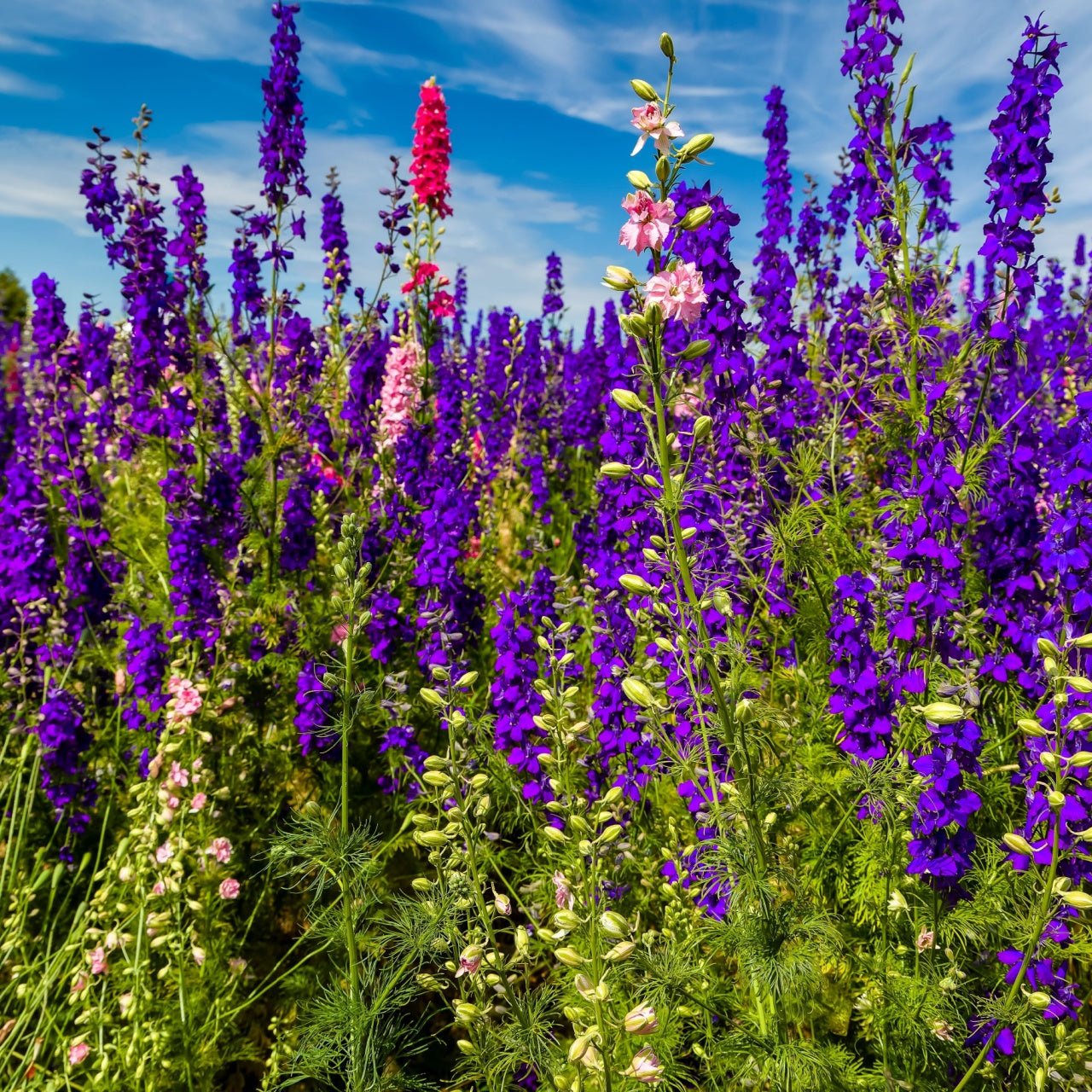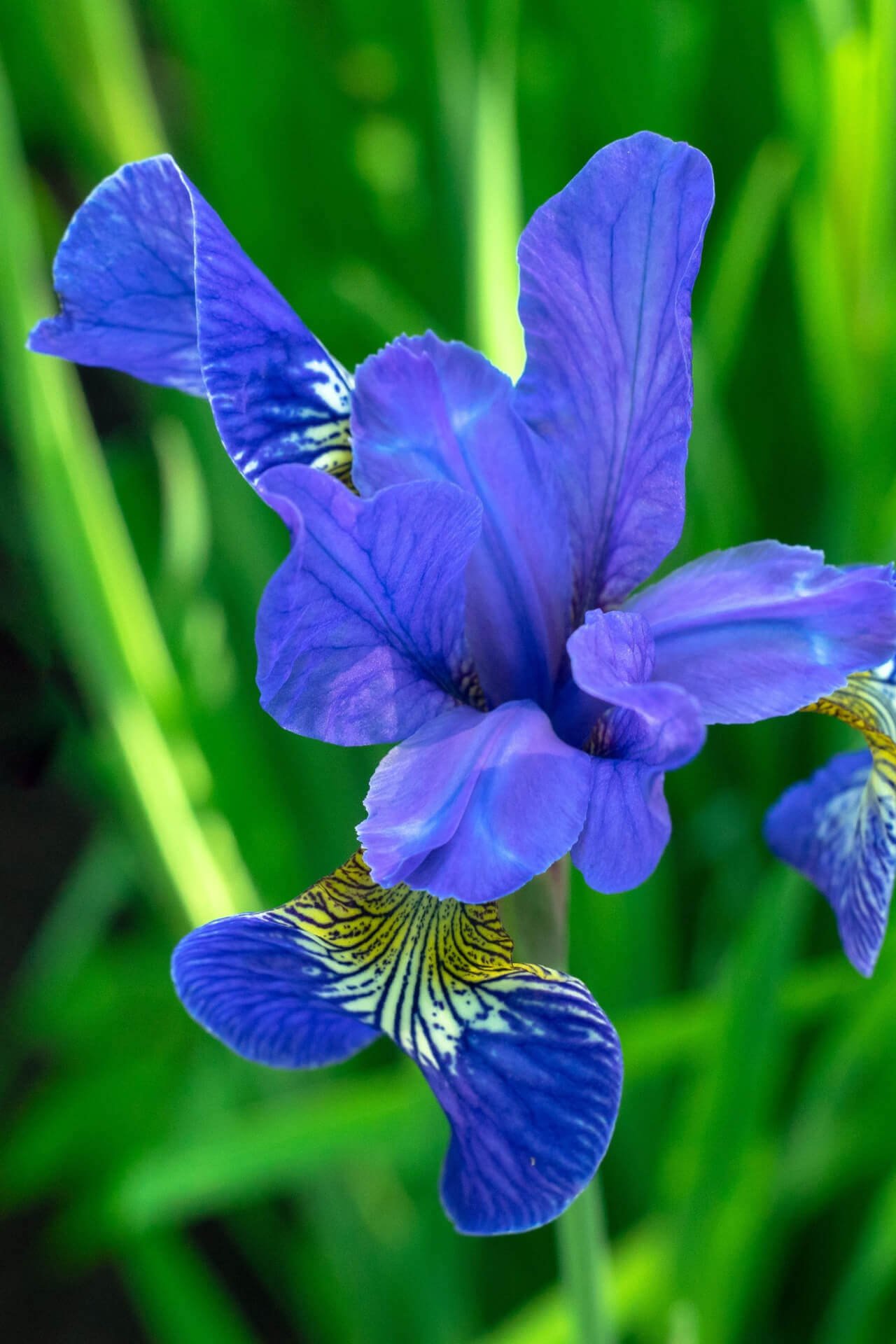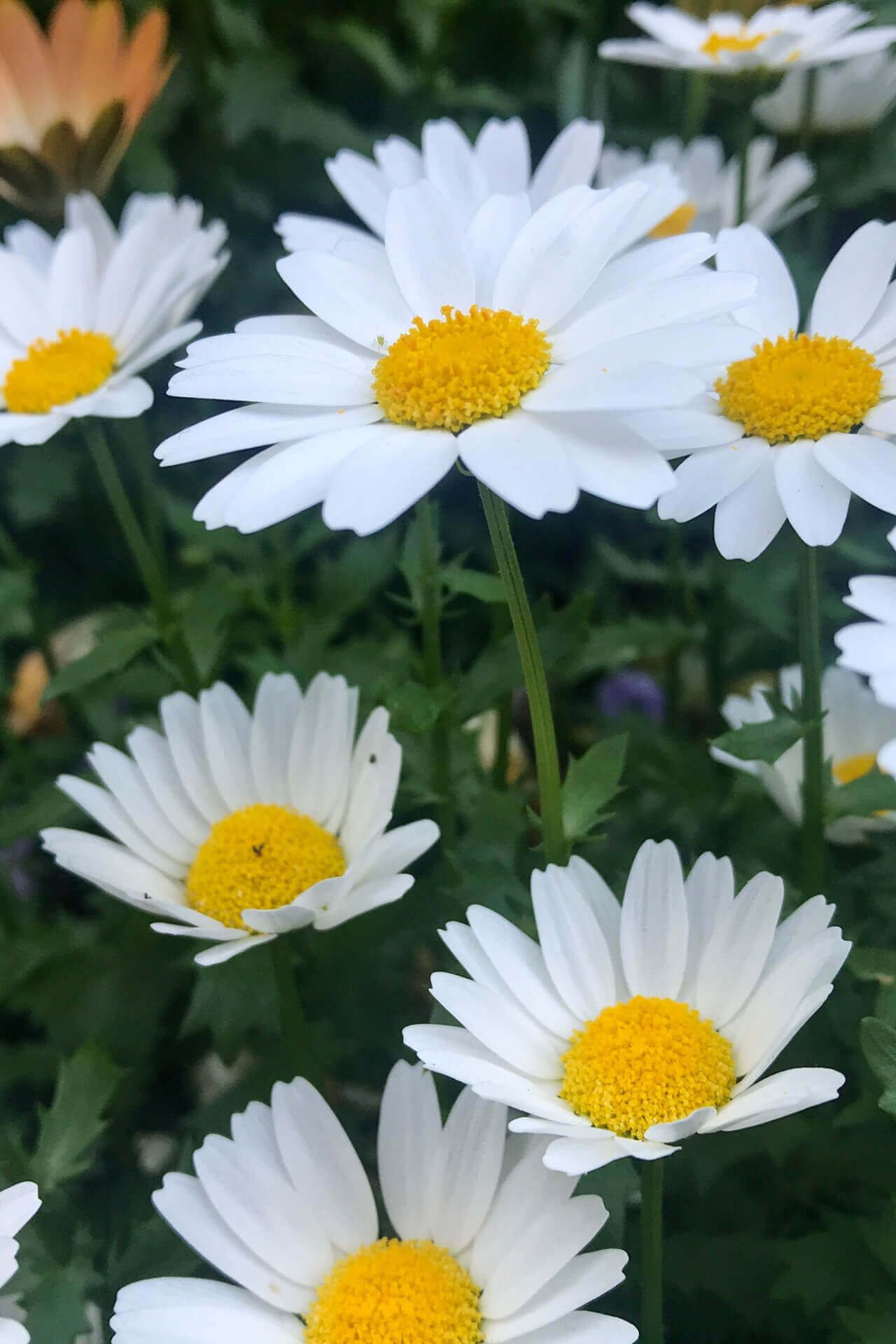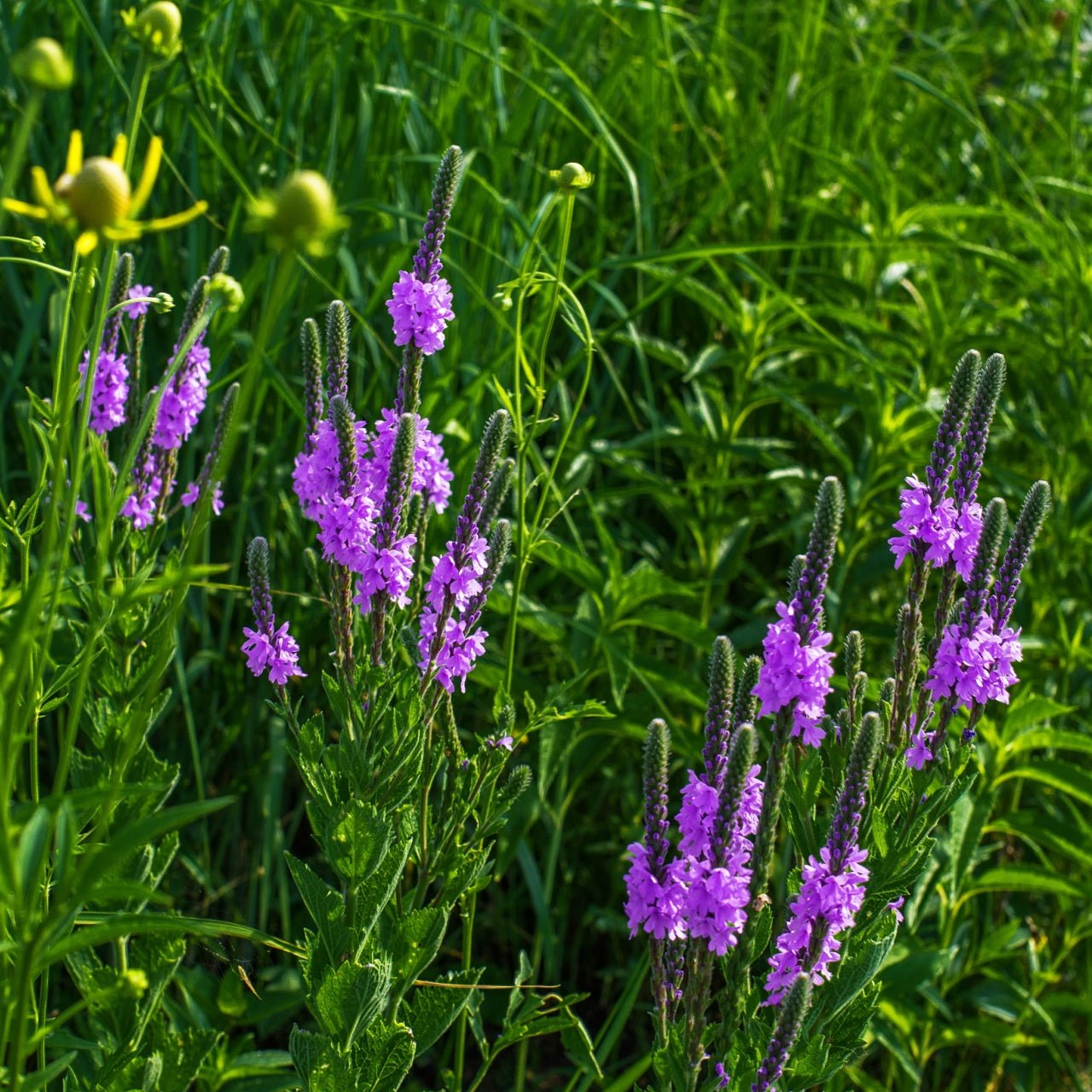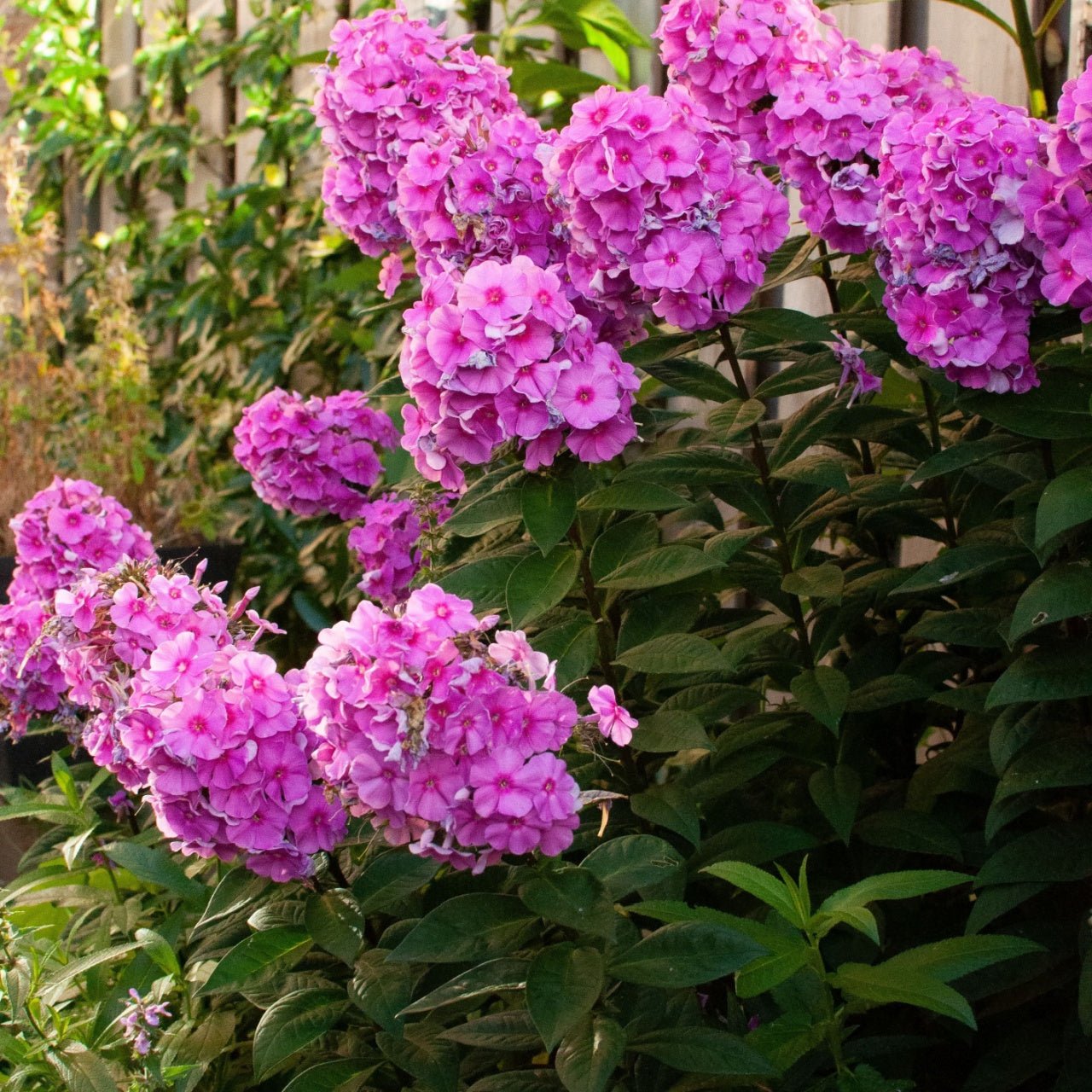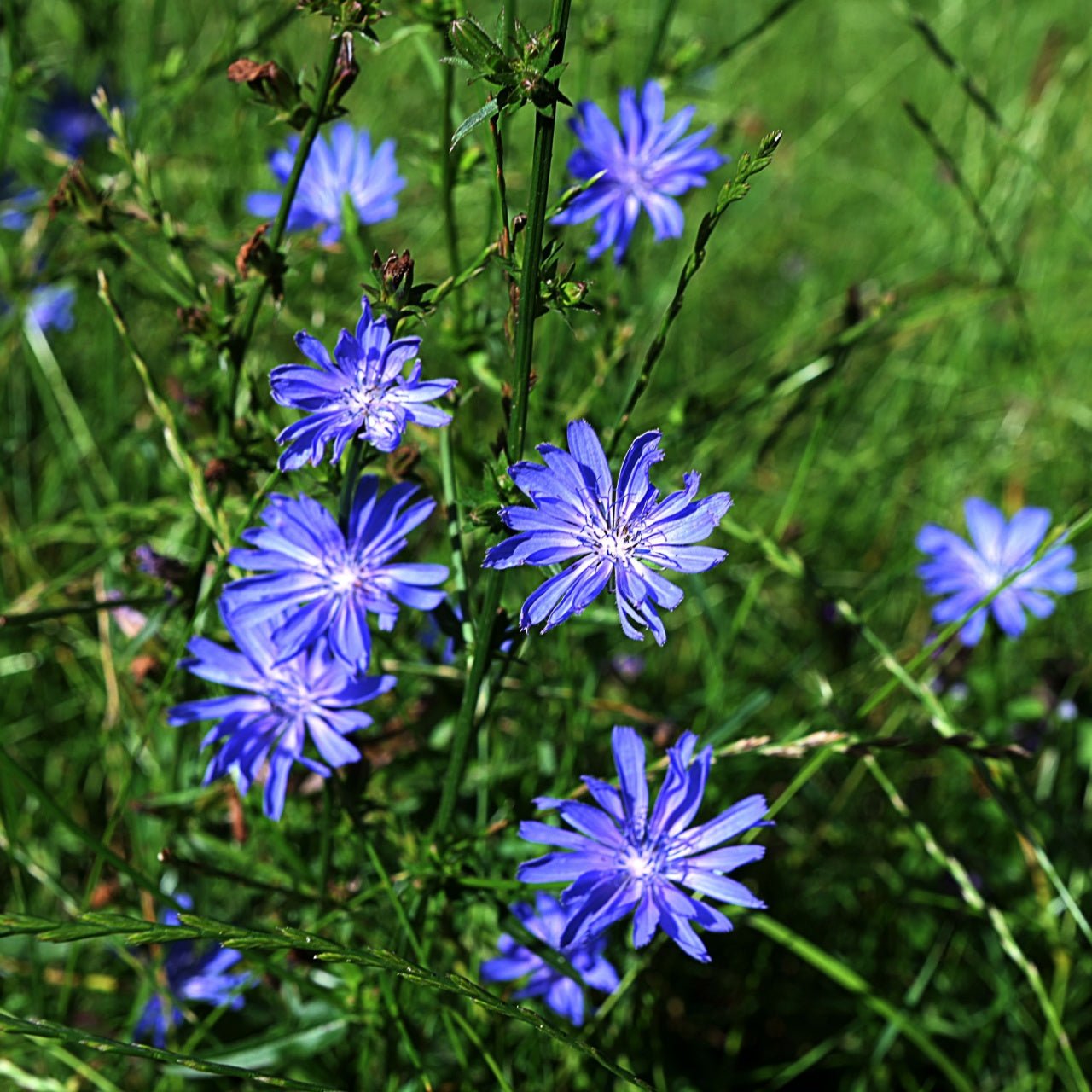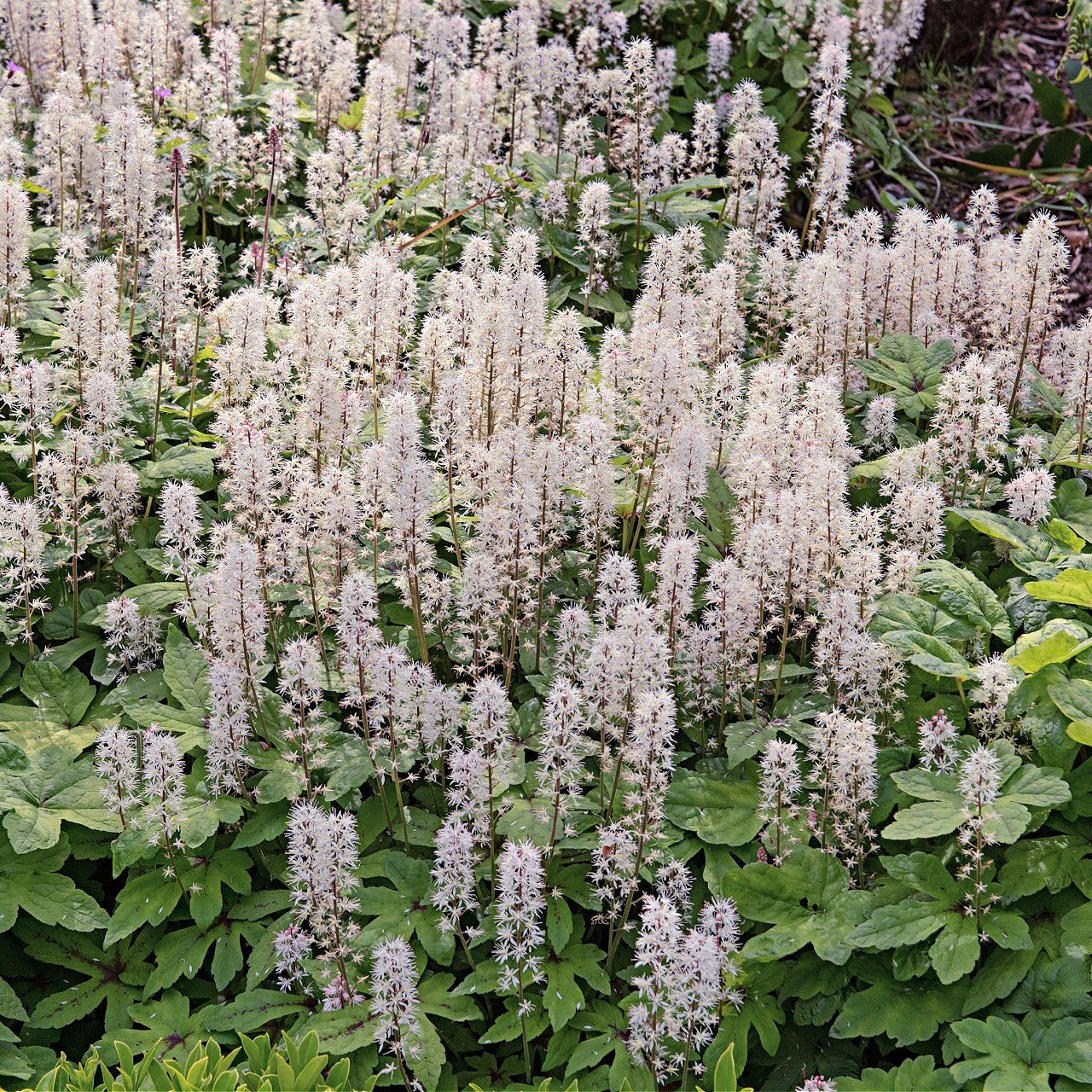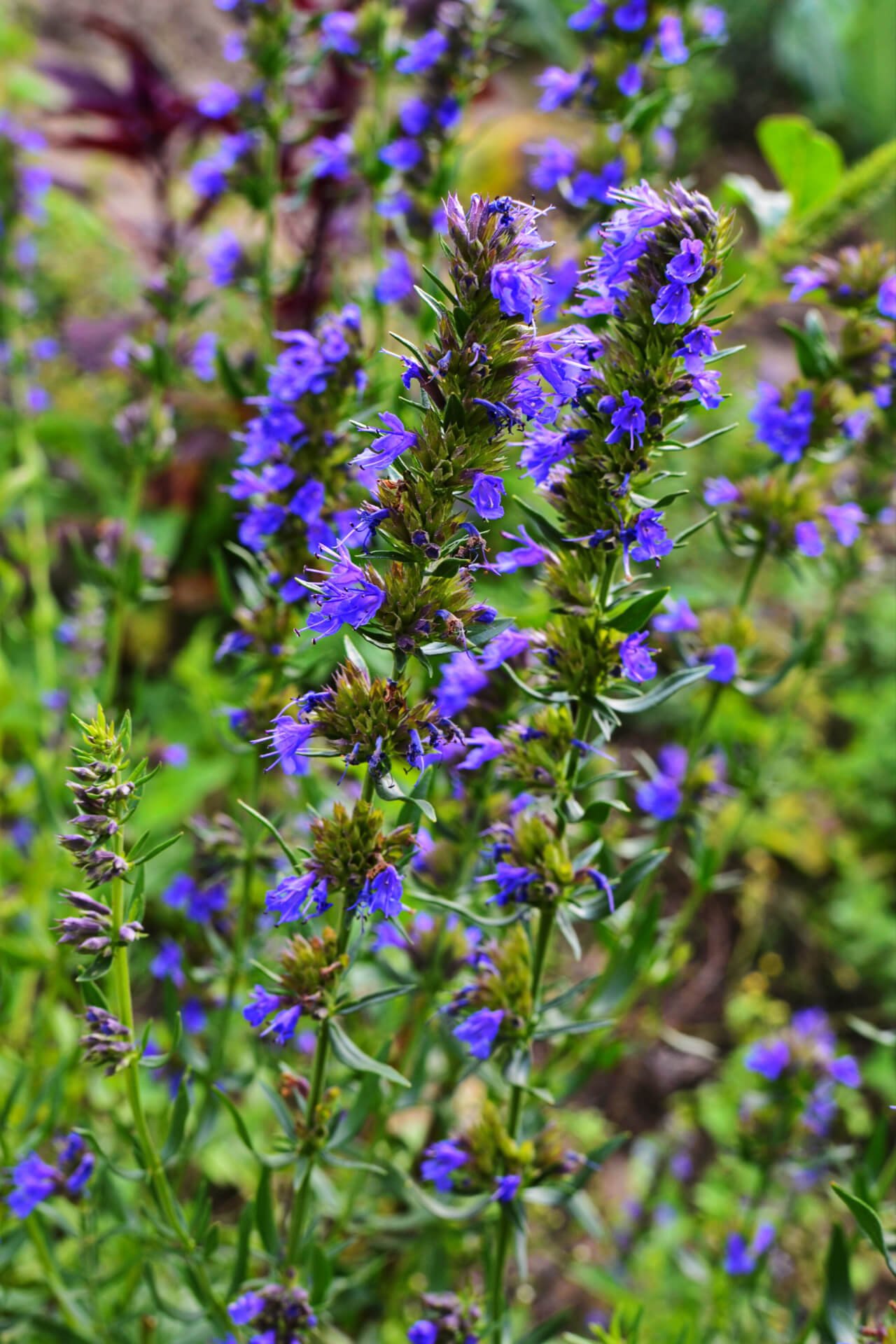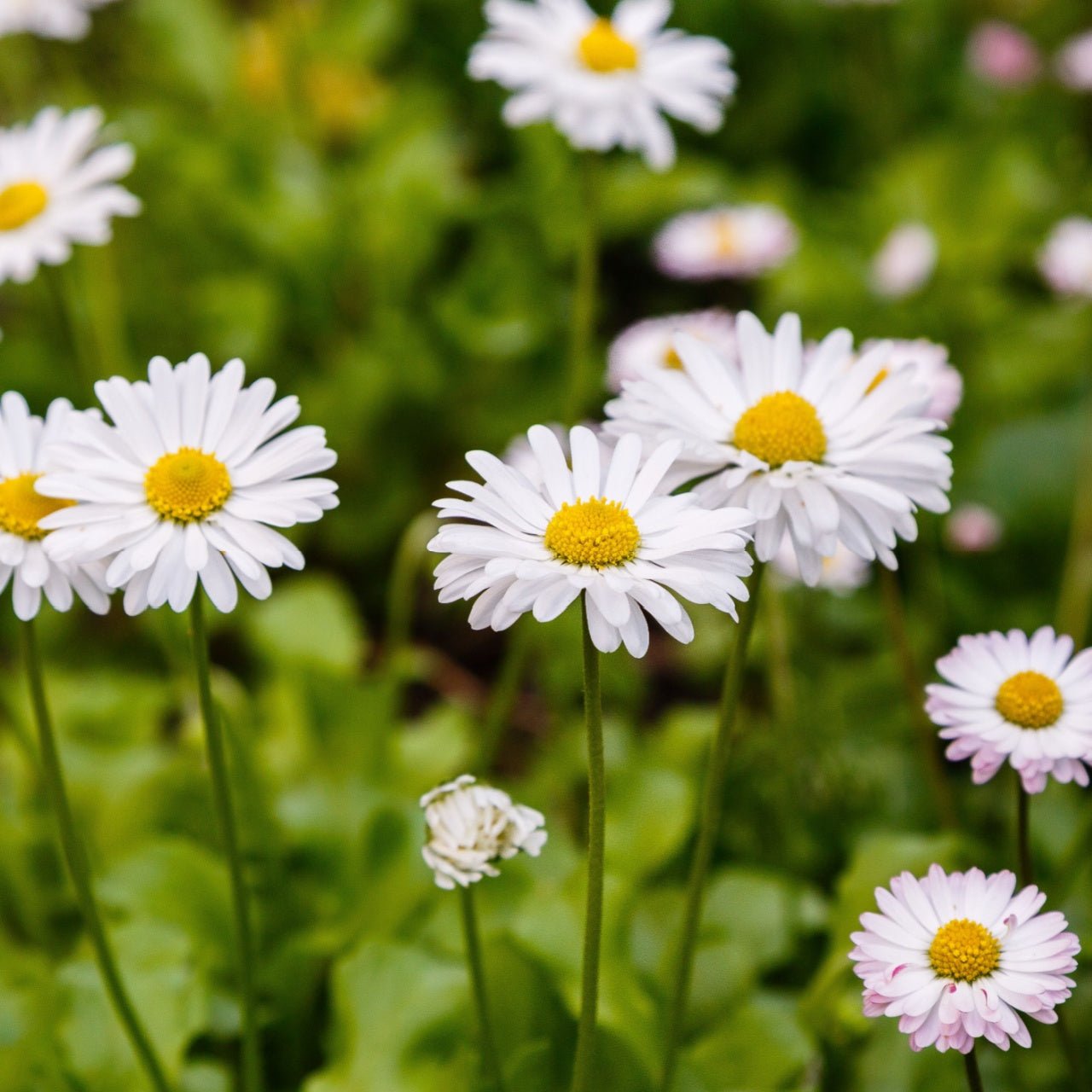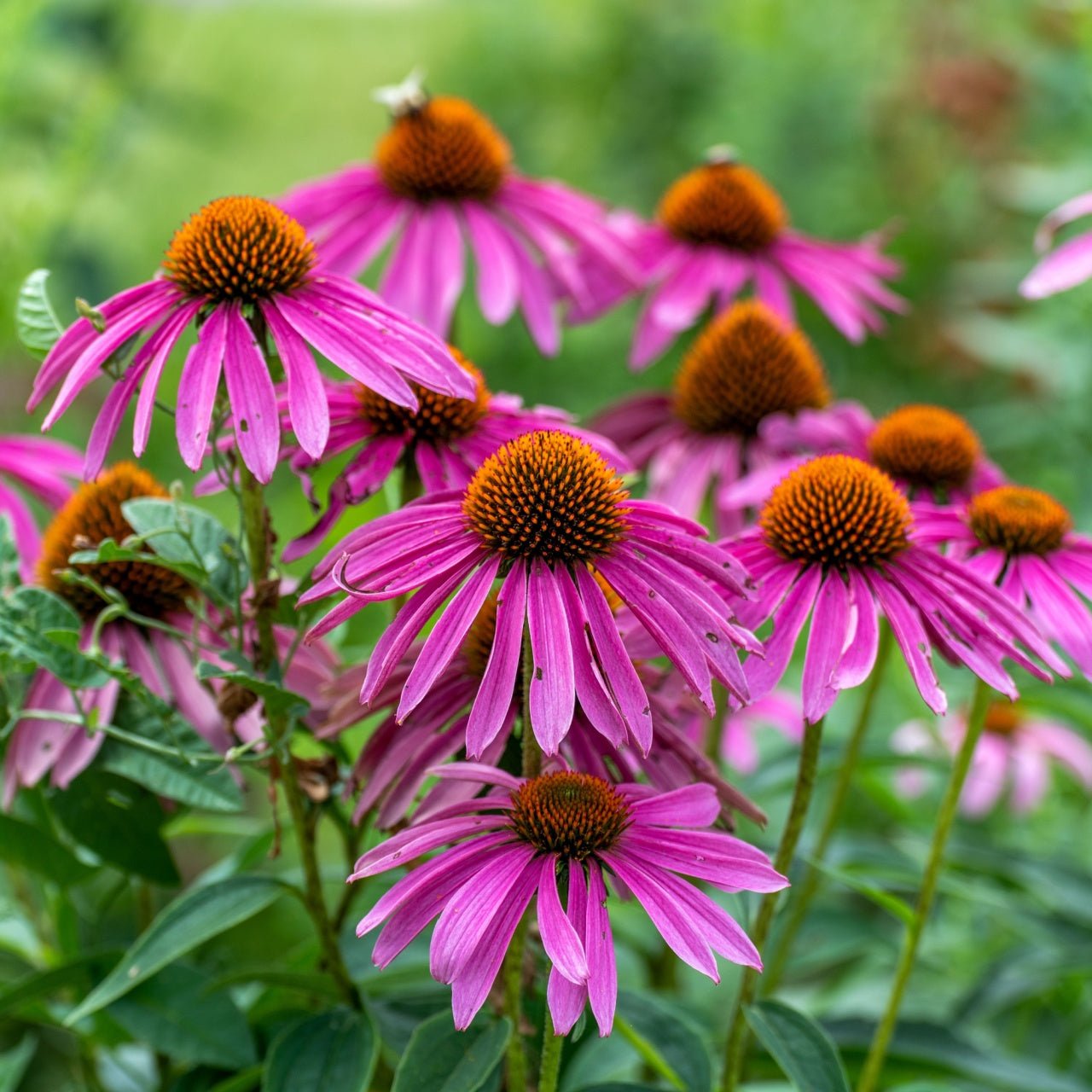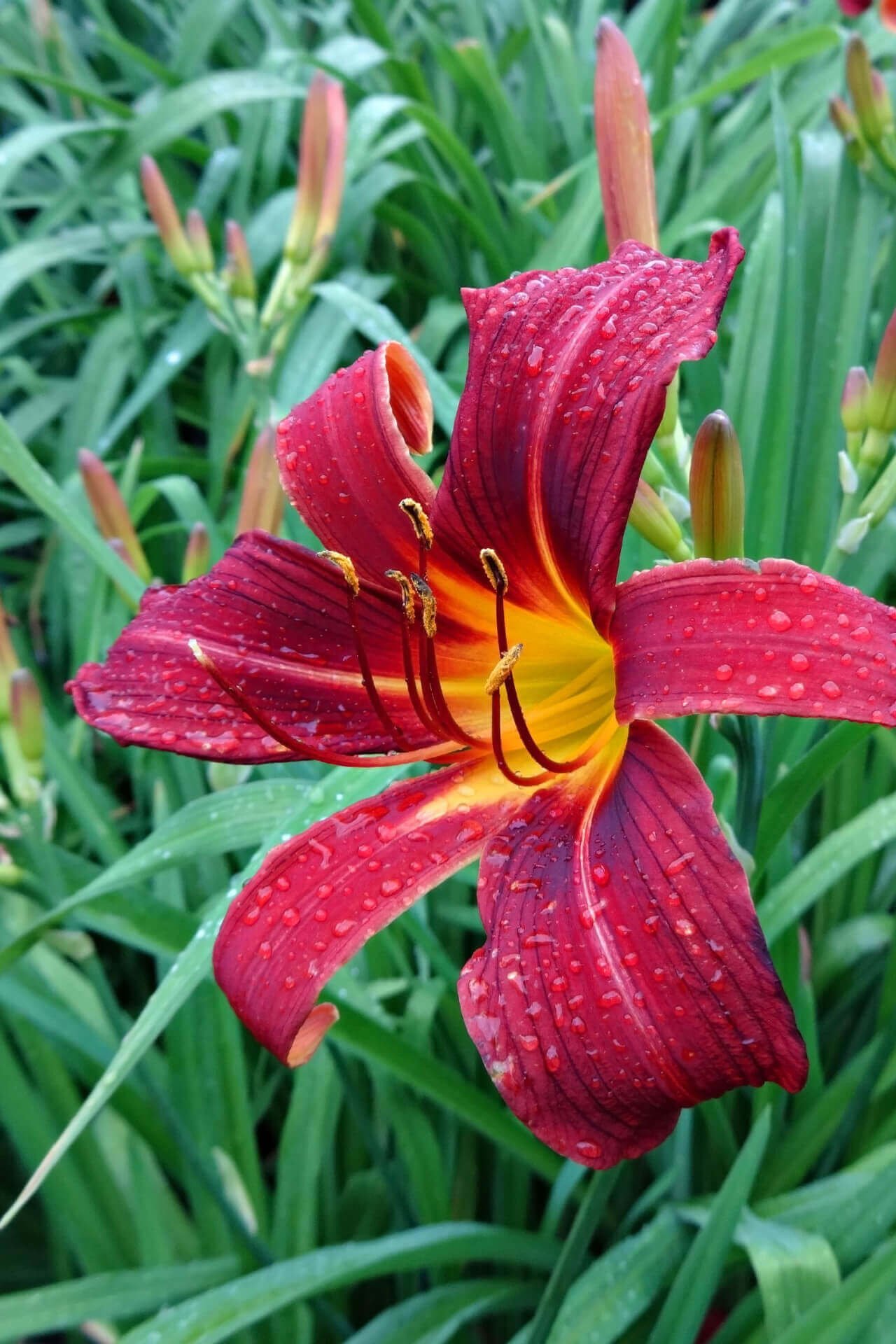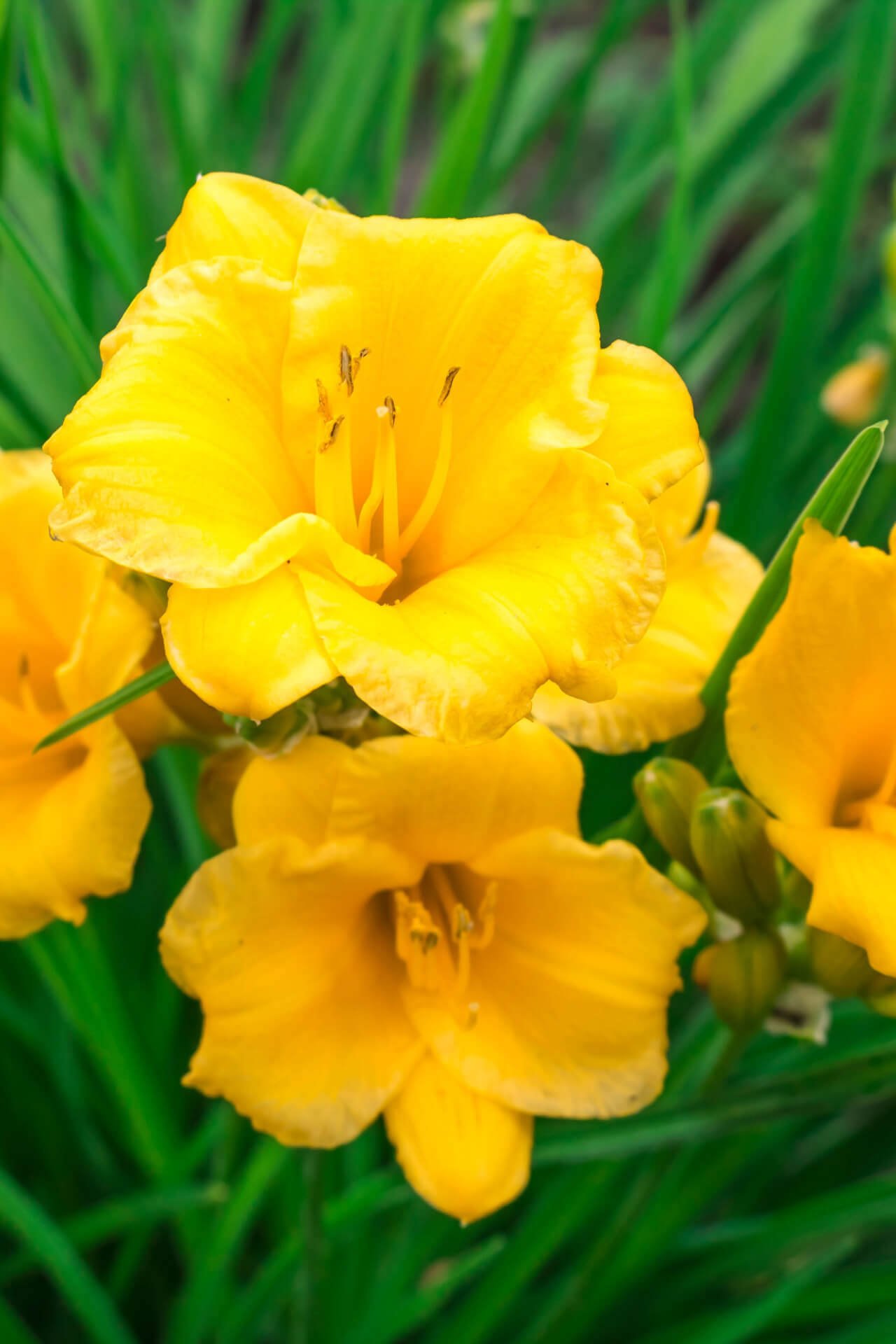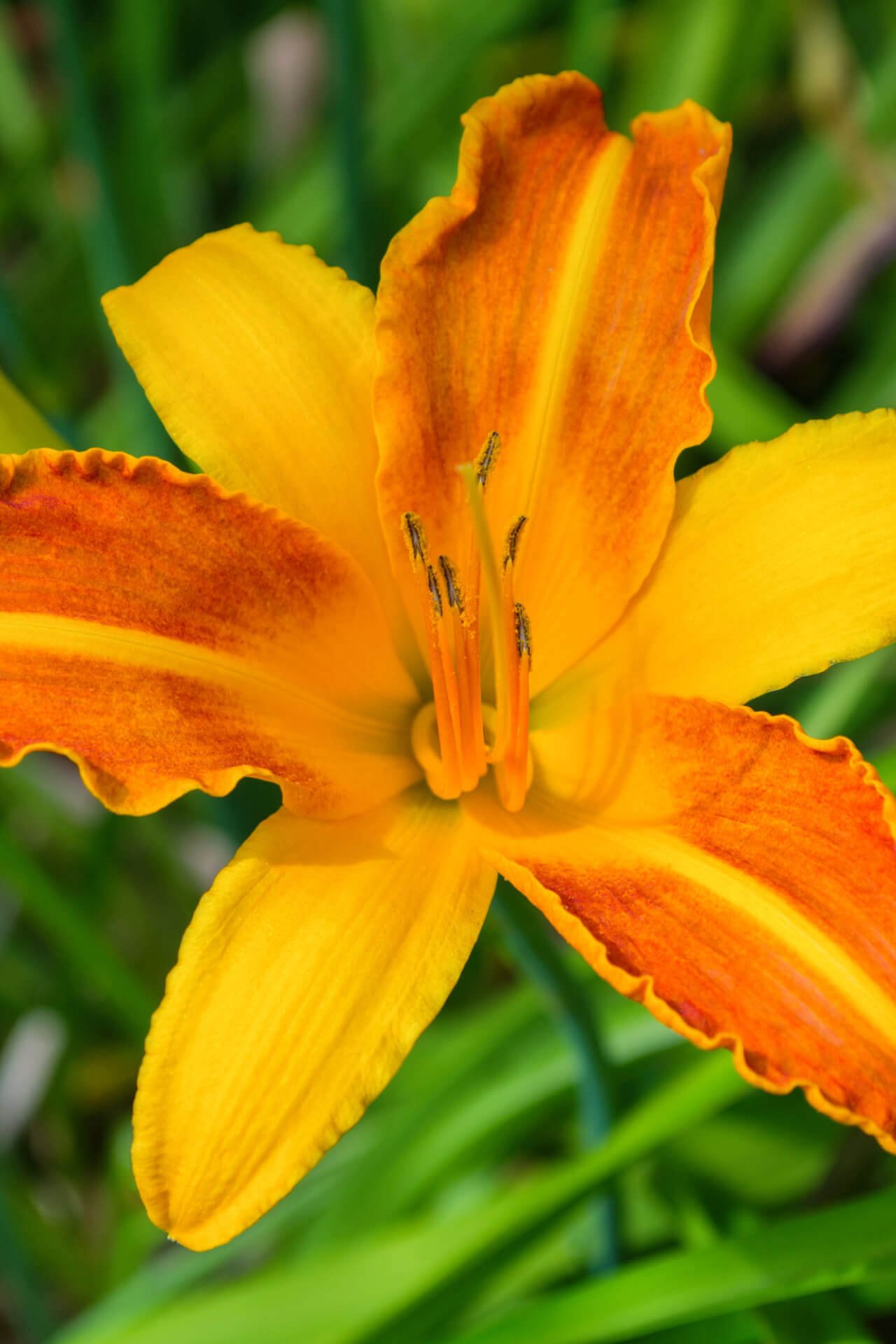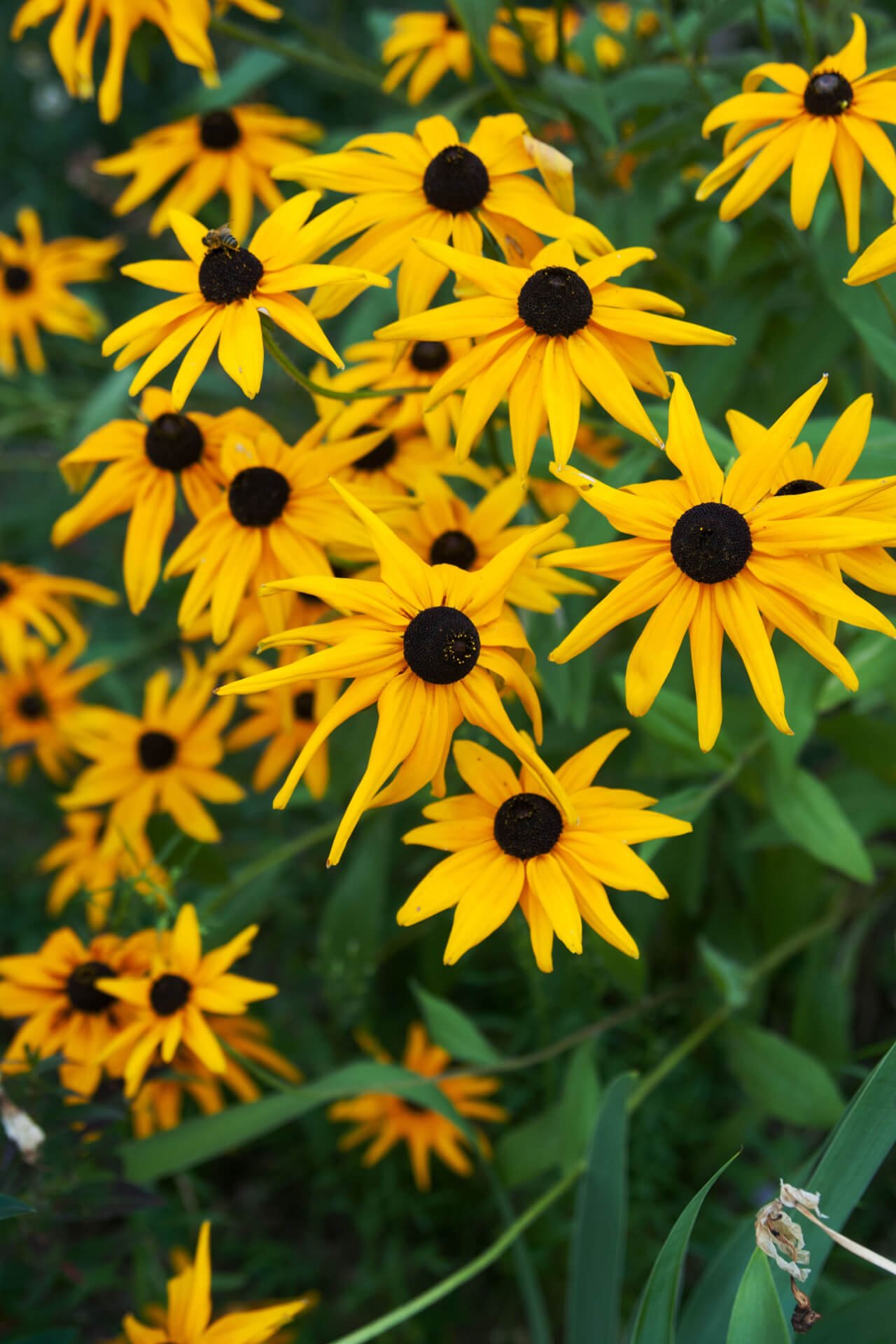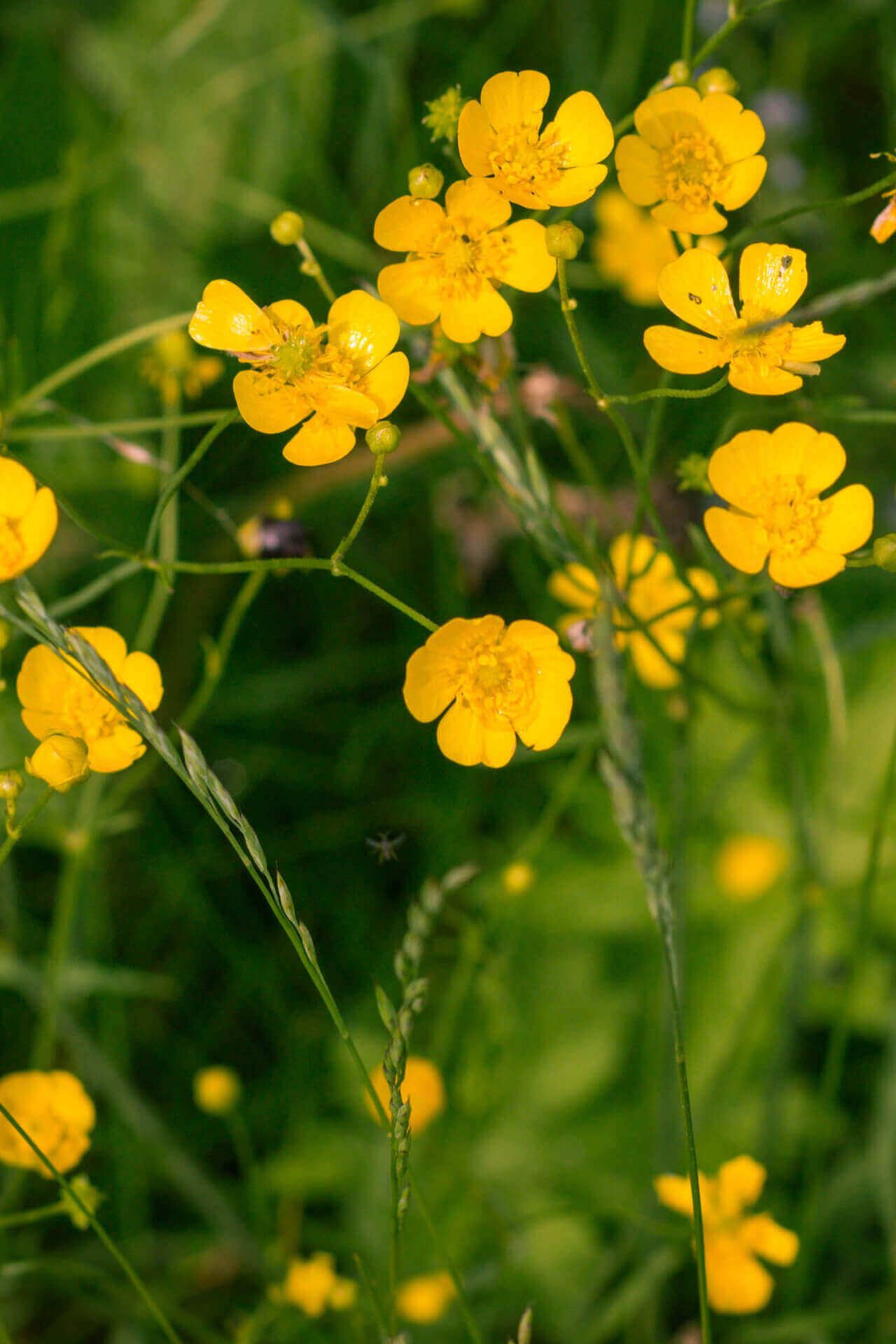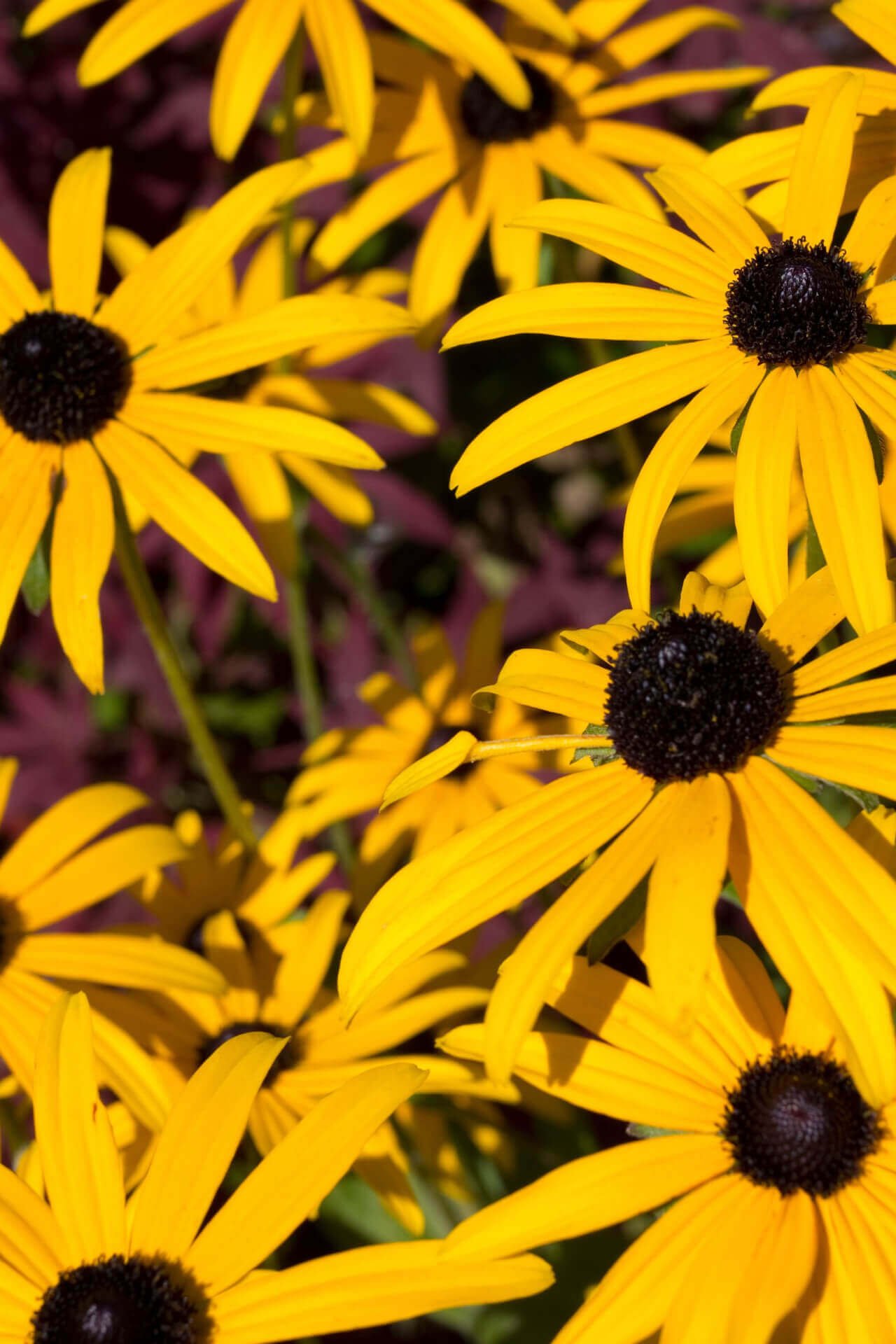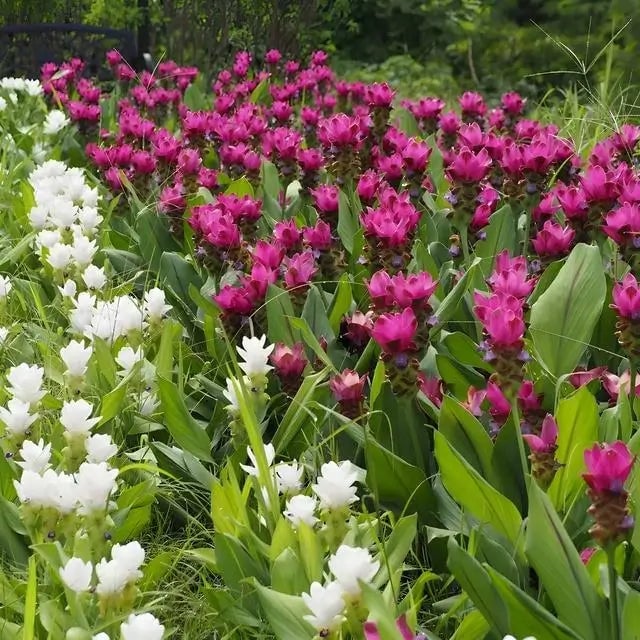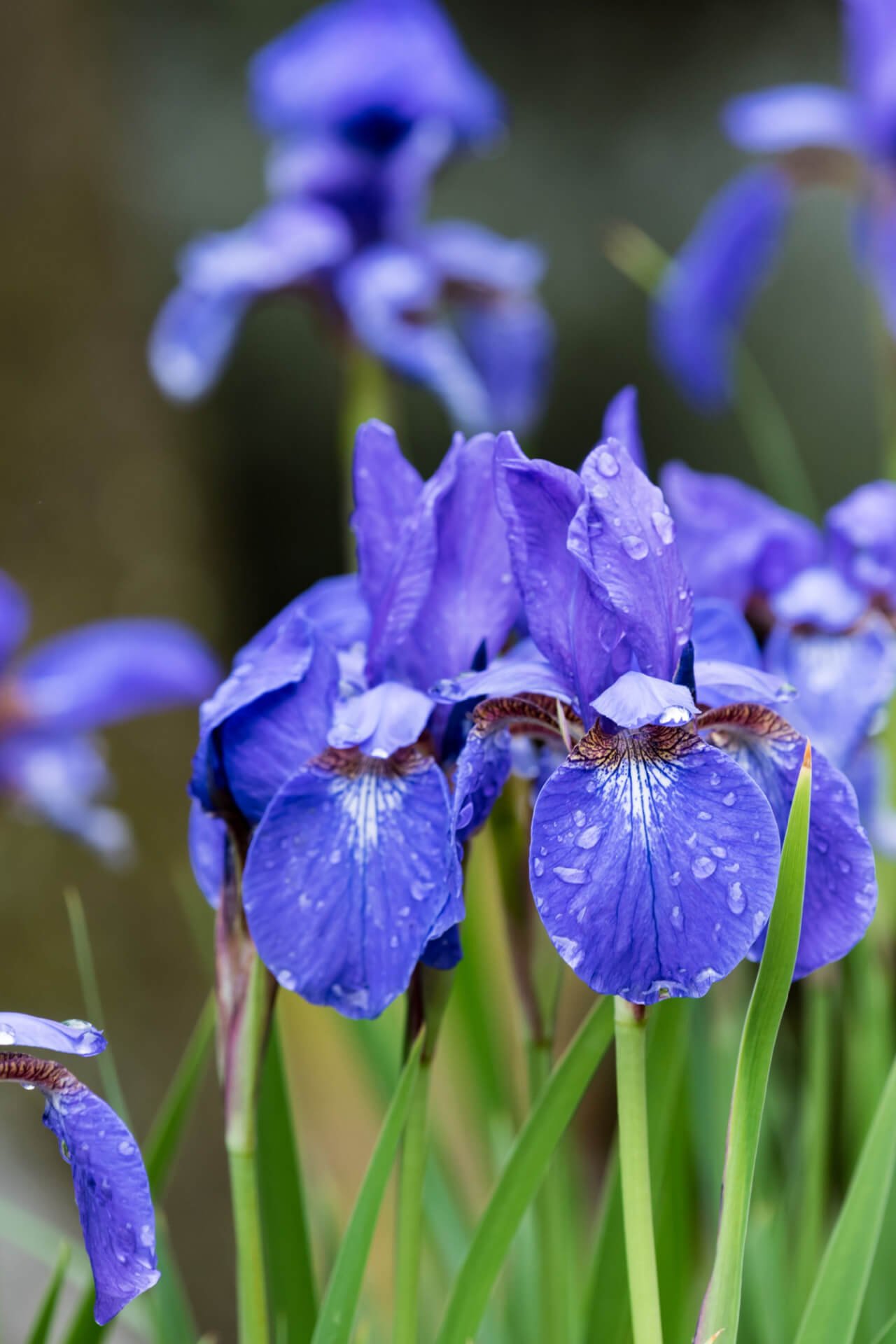Filters
TN Nursery, founded in 1959, prides itself on its excellent sun perennial selection, including plenty of bright-loving perennial flower varieties that offer you lots of color and choices. We'll ship your flowers fast so you can get gardening!
Sun Perennials Leads to Bigger, Brighter Gardens
It’s so much fun heading to your local nursery to select different plants and flowers, but strategically choosing the ones that do well in full sun can be difficult if you’re not a seasoned gardener.
Your garden shines bright with various colorful plants, visually and in terms of their impact. Nevertheless, acquiring such a space is only possible if you strategically plant the right species, and perennials that bloom all summer are perfect for this
Unlike annual plants, sun perennial roots stay alive even in fall and winter, returning year after year to beautify your garden
These resilient plants can survive in a sunny yard, so they’re a great addition to your lovely flower display. At TN Nursery, we have a vast collection of perennial flowers for your selection, including full-sun and part-sun perennials.
Why Choose Sun Perennials?
Here are a few compelling reasons to choose perennials that bloom all summer over your annual plants: Once established, sun perennials are resilient and require minimal care. These flowers come in different hues and exposures, offering many options.
Perennials attract bees, butterflies, monarchs, and other pollinators, providing them with food and shelter year-round.
Top Picks for Your Garden TN Nursery stocks a range of part sun perennials and flowers for total sun exposure, offering many options to gardening enthusiasts. Among the most loved ones is Coneflower (Echinacea), known for its unique daisy-like purple blooms. In addition to adding vibrancy to the space, these flowers attract pollinators and support the local ecosystem.
Next in line is the stunning Daylily, a versatile flowering plant whose bright orange flowers make it a perfect addition to various garden designs. Additionally, we have Goat’s Beard Plant, Blazing Star, and Hasta that thrive even in the brightest parts of your garden. Explore our entire collection to pick your flowers strategically.
Sun perennials are ideal species for any gardener wanting to create blooming beds and displays in bright, sunny areas. These plants generate attractive blooms and lush foliage season after season, with minimal maintenance required to make them thrive.
Gardeners choose these for highly exposed locations that get sun most or all day. As such, you can use them to enhance your home's curb appeal, decorate borders, or plant rock gardens where everything else refuses to grow.
This page lists numerous sun-loving perennials hand-selected to grow well in high-UV climates. From our cheerful coneflowers to subtle daylilies, you can find plants to fit most settings and themes. We have handpicked the plants we have in stock to match every type of palate, and we can help you create sun-kissed landscaping you'll be happy with.
And when you plant these species, you put less work into it. Sun perennials are known for being very low maintenance and hardy plants, which is great for people with busy schedules. Once in the ground, they will remain green or continue to bloom season after season, often growing stronger and more robust with time, reducing the work you need to do even further.
These plants flourish in dry, baked soils where many other species struggle, giving you more options-ideal for novice gardeners. After planting sun perennials, you may notice biodiversity in your garden increasing. That's because these species have a knack for attracting insects, particularly pollinators, with birds following soon after.
Plants provide nectar and shade for large parts of the year, helping to keep biodiversity going during the colder months of the year. Shop sun perennials on this page to find your garden's next standout feature. Search a variety of bloom times to keep your landscaping colorful throughout the seasons, even in areas of parched soil. Find all your favorite varieties in one place.
Find all the sun perennials you need in one place, including coneflower, daylilies, and more-ideal for hot climates and parched soil.




